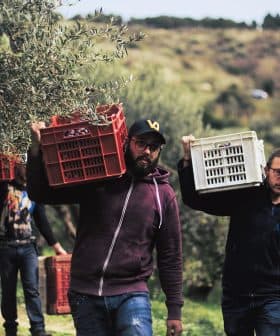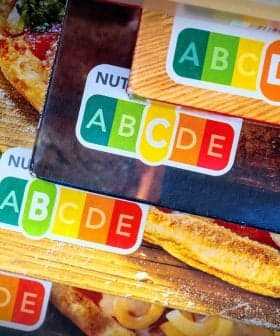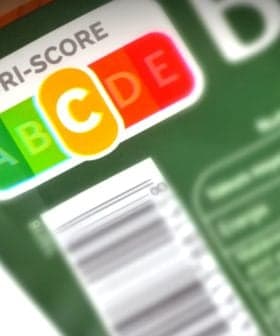Sustainability Database Integrates Front-of-Pack Labels to Shape Food Production Decisions

Latis, the world’s largest product sustainability database, integrates Nutri-Score and Eco-Score to allow food producers to verify health and environmental impacts of ingredients and products, including metrics like greenhouse gas emissions and worker welfare. The developers hope that integrating these scores will lead more companies to reformulate their food offerings to achieve better scores, ultimately promoting more sustainable food choices among consumers in Europe and beyond.
Latis, the world’s largest product sustainability database, will integrate Nutri-Score and Eco-Score into its intelligence platform.
The platform allows food producers to verify the health and environmental impacts of any ingredient, source location or sustainability standard on a product. Among the metrics included by HowGood, the company behind Latis, are greenhouse gas emissions, water usage and worker and animal welfare.
Nutri-Score estimated scores are surfaced in the platform to enable product developers to formulate with it in mind, but it is done in a way that does not confuse or conflate nutrition with sustainability.
To date, the database comprises more than 33,000 ingredients, chemicals, and materials used in the food production process and two million food products. The company gathers information from more than 550 different sources for its metrics.
See Also:Updated Nutri-Score Label Indicates Whether Food Is Processed, OrganicEthan Soloviev, HowGood’s chief innovation officer, told Olive Oil Times that Latis allows food producers to see the impact of a single ingredient or entire food product on the environment and compare it with others. The goal is to increase transparency in the food production industry while allowing producers to understand how each ingredient impacts an overall product.
“For example, while something like ‘natural flavors’ may score low on processing, as an ingredient making up less than one percent of the formula, it would not affect the overall score of a product in the same way as an ingredient closer to the top of the ingredient list,” Soloviev said.
He added that integrating Nutri-Score and Eco-Score into the platform “provides customers with uniform metrics to compare their product impact against internal goals and industry averages.”
The developers of Latis hope this will lead more companies – such as Danone and Walmart – to reformulate their food offerings to achieve better scores.
This phenomenon has already been seen with Nutri-Score, a five-color front-of-pack-label (FOPL) that measures the presence or absence of several key macro ingredients, including sugar, fat, calories and sodium, per 100 grams or 100 milliliters.
Like Nutri-Score, Eco-Score also rates food on a color/letter scale. Both systems use a “Green A” to label the healthiest or most environmentally friendly option and “Red E” for the least healthy or environmentally friendly products.
Unlike other labels, such as the Med-Index, Nutri-Score is meant to provide a quick and straightforward summary of information about the nutritional profile of a food product and does not take into account its sustainability.
Soloviev said that Latis kept this in mind when deciding how to integrate the FOPL into the platform.
See Also:Proposed Label Would Allow Consumers to Compare Sustainability of Food Items“Nutri-Score estimated scores are surfaced in the platform to enable product developers to formulate with it in mind, but it is done in a way that does not confuse or conflate nutrition with sustainability,” he said.
When Nutri-Score was adopted in Germany in 2020, the country’s scientific advisory board on agricultural policy, food and consumer health protection (WBAE) warned that the FOPL should also show the greenhouse gas emissions related to any product on the shelves.
“Promoting more sustainable food choices across the whole spectrum of society requires a fair framework encompassing the provision of solid and comprehensible information, easy access to healthy foods, more food choice options and price incentives which make sustainable choices financially more attractive for the consumer,” Britta Renner, of WBAE, said at the time.
Since making this statement, Eco-Score has been developed with the help of several prominent members of the food industry. Now, a growing number of food producers and retailers throughout Europe are adopting its labels.
While data about how consumers’ choices are affected by the new labels have not yet been fully gathered and analyzed, a 2020 global survey by Accenture suggested that 33 percent of consumers rank sustainability as one of their top three purchasing criteria.
According to HowGood, the sustainability database will help producers better understand how changes in the product development process will impact how consumers perceive their products.
“By having this information readily available in Latis, HowGood customers can better understand how any changes made in the product development process can impact these scores to ensure their products are universally considered healthful and environmentally friendly,” the company said.









